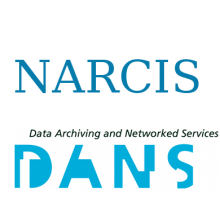Resource information
After a survey of the development of the thinking in the Netherlands on the appraisal of agricultural lands, there is an analysis of the Ricardian view on the land rent. Ricardo's concept of rent proved to be tied to some specific suppositions. To him the size of population was endogenous. Mol placed the land rent in five different models, drawn up by him. In the first a legal fixation of the rent, which differed from the equilibrium rent, resulted in a deviation from the optimum size of the plant. An increase in prices of agricultural produce brought about a rise in land rent. In the second model, in which the supply of labour and of land was rigid, a firm relation existed between land rent and wages in agriculture. Price fixation of one of both production factors had no repercussions in the production sphere. In the third model the supply of land and of labour was rigid. Here the price of produce did not determine the land value. In the fourth model the supply of land was elastic and that of labour rigid, while in the fifth the opposite was true. In the fourth model an artificial increase in agricultural produce entirely benefited the labour. This was not so in the last model. Here the matter of marginal tenant was raised. Finally a number of applications of the principal of revenue value are reviewed.


